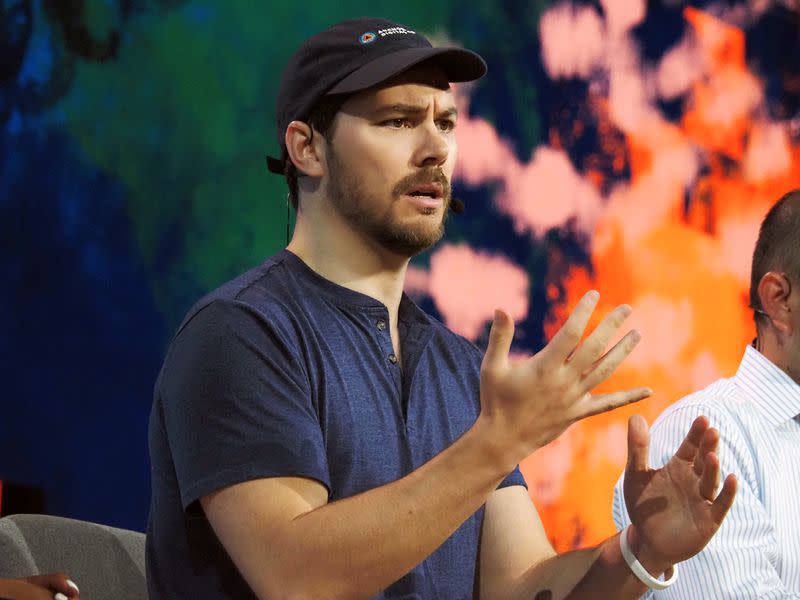Custodian Anchorage Adds to Asia Push With Batch of Institutional Crypto Partners

U.S.-regulated cryptocurrency custody specialist Anchorage Digital is continuing its push into Asia, naming a brace of new institutional partners in the region.
Following Anchorage’s recent participation in a Japanese yen-denominated stablecoin project, the firm is partnering with Bitkub, Dream Trade, FBG Capital, GMO-Z.com Trust Company, IOSG Ventures, and Antalpha, the companies said on Wednesday.
Asia’s financial institutions and wealthy investors have among the highest exposures to crypto on the planet, according to Anchorage Digital co-founder and President Diogo Mónica. That said, places like Singapore, where Anchorage now has a 10-staff office, have rolled back somewhat on digital assets with the Monetary Authority of Singapore (MAS) calling for a crackdown on irresponsible crypto firms.
Being a U.S. federally regulated crypto firm means added scrutiny actually works in Anchorage’s favor, and life is also made easier by having to only work with one regulator, the MAS, as opposed to the mix of watchdogs in the U.S., Mónica said in an interview with CoinDesk.
“Currently about 10% of our business is in the Asia region, but we are projecting it to become closer to 20 to 25% in the next 12 to 18 months,” Mónica said. “And I can tell you that working with regulators in Singapore is a breath of fresh air,” compared with the regulatory mishmash in the U.S.

 Yahoo Finance
Yahoo Finance 